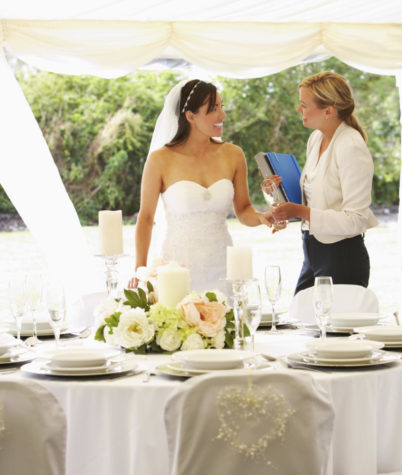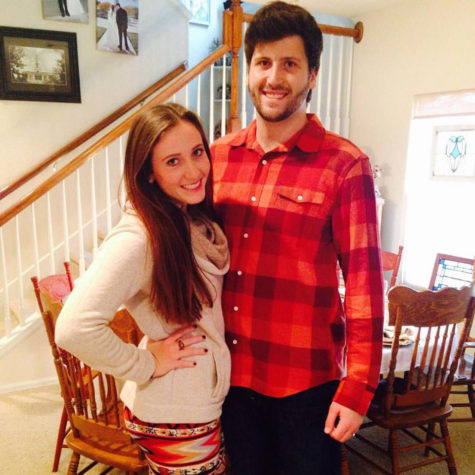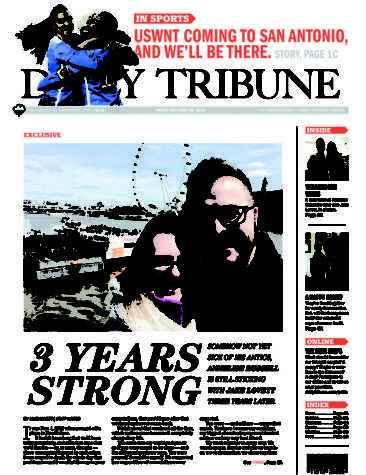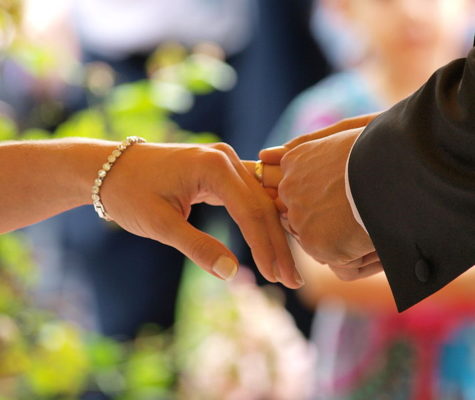Four steps to a Russian wedding
June 28, 2012
Many of us are familiar with the typical American wedding scene: fancy location, the cutting of the cake, tossing of the bouquet or garter, and intricate ceremonies. But how do other places in the world celebrate the marriage tradition? Ames resident Olga Bernasovskaja, native of Estonia, has shared the four basic parts to a traditional Russian wedding.
Part One: Vycup
The first part of a traditional Russian wedding is called vycup (vy-coop), which means “buying out the bride.” On the morning of the wedding, the groom arrives at the bride’s home and has to complete a series of prepared tasks. According to Bernasovskaja, this is a very fun and interactive tradition where the groom performs poems, songs, games and even some trivia questions about the bride before he is allowed to see her. Since this is also the tradition of “buying” their bride, the groom will find a way to incorporate money into the tasks as their form of payment to the bride’s parents.
Part Two: ZAGS
After the groom has completed his tasks and is allowed to see his bride, the couple’s families and guests all go to the Department of Public Services, also known as ZAGS. These buildings are only located in cities that are about the size of Ames or larger; however, all couples are required to go through a ceremony at a ZAGS. While Bernasovskaja herself experienced a wedding through an American courthouse, she says the buildings that house the Department of Public Services are extremely beautiful and well decorated. When the ceremony is complete, the bride and groom may have a lunch buffet in a side room of the building or toast with champagne and take pictures in front of the building.
Part Three: Tour Around Town
Following the ZAGS ceremony, the bride and groom will take a tour around the town. To any traditional American bride or groom, it might seem like a nightmare to parade around town with nearly 150 in tow, but Bernasovskaja said she has never seen a Russian wedding that exceeded 50 guests. The wedding group will visit places such as historical buildings, places noted for their natural scenery, WWII halls and monuments, and other popular places in the surrounding area. This is done so that the visiting guests can get a taste of the city, and so the bride and groom to take various pictures at important locations.
Part Four: The Reception
Depending on the income, the reception could take place in several different venues. The couple could choose a restaurant, cafe or even the nearest city hall. The most popular place for a reception is the local schoolhouse. A large variety of food is prepared by the family and placed on the tables for all of the guests to share. The parents meet the newlyweds with a loaf of salt-bread they hold while the newlyweds compete to take the biggest bite of the bread in order to win the “power” in the relationship. Afterwards, everyone in the room stands to make a toast to the bride and groom, and the newlyweds make a toast to their parents. Following the toasts, the reception is led by an entertainer called the “Tamada.” The Tamada leads the room with jokes, poems, stories and lets the guests know what will be coming next.
The following day, the guests will meet to continue the celebration by opening gifts and enjoying the leftover food from the day prior. As stated by Bernasovskaja, the gifts at a Russian wedding are often very expensive and extravagant. She recalls a washer and dryer set being given to the couple at a wedding she attended. The celebration will continue for several days. It is uncommon for Russian newlyweds to partake in the honeymoon tradition, but if the family can afford it, it is not unheard of for the bride and groom to go on a two to three day trip somewhere close to home.











